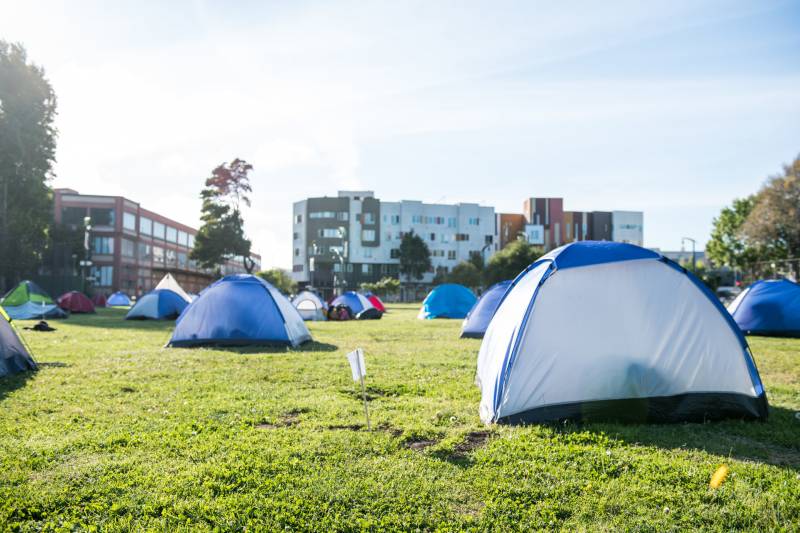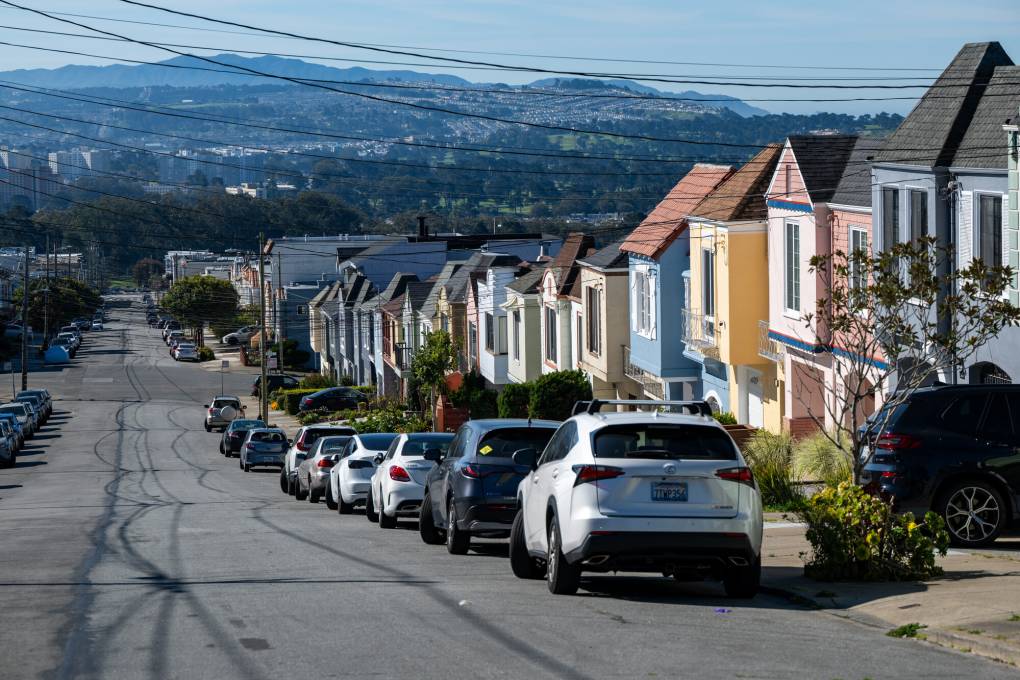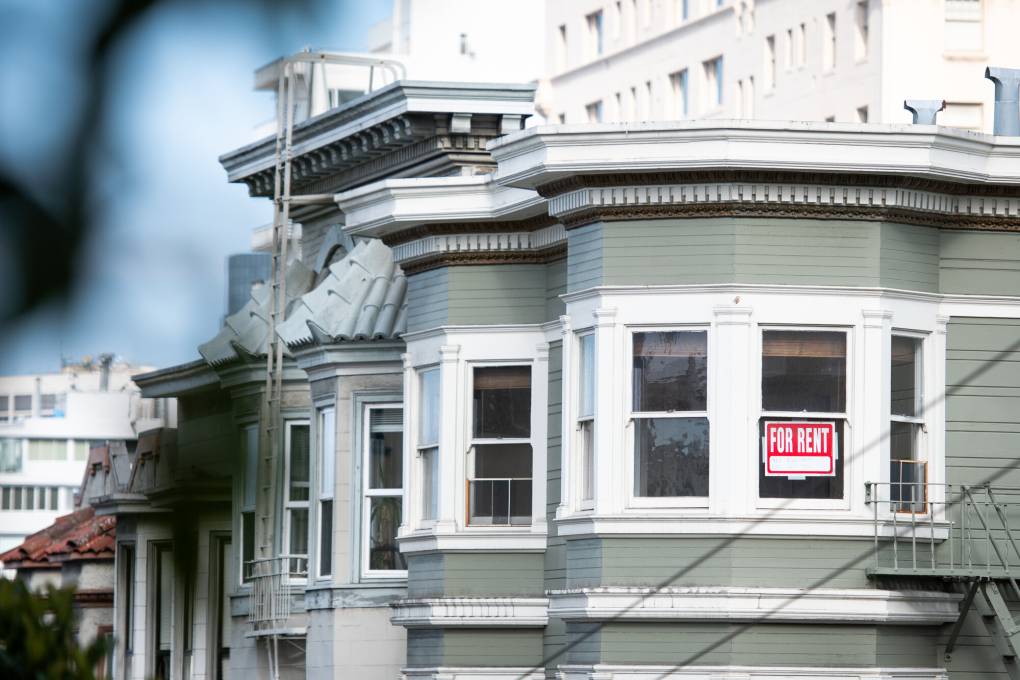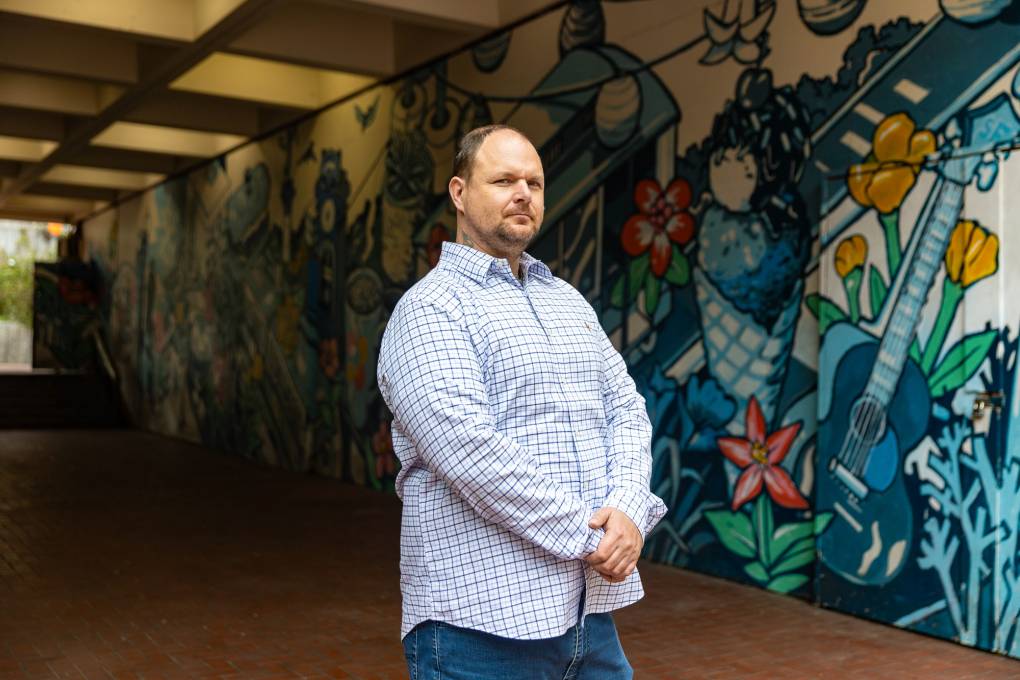“The crucial transformation our research and report is pointing to is we need to shift from this churning in and out of large congregate shelters to preventing homelessness in the first place,” said Dilara Yarbrough, an assistant professor from San Francisco State University who worked as a researcher on the effort.
When, in a multiple-choice question, surveyors asked what would’ve kept people housed, people overwhelmingly said rental assistance could have helped while they stabilized their income. Four in five study participants said they would have needed rental assistance for one year or less to stay housed.
Some of those who lived on the street were evicted from some form of housing meant to help the poor or homeless. About 6% lived in public housing, 10% in a below-market-rate unit and 13% in city-supportive housing.
Proposition C’s New Investment
Proposition C, a gross receipts tax measure on wealthy San Francisco businesses, passed in 2018 and was expected to infuse $300 million into the city’s coffers, marked for homeless services. But a lawsuit by the Howard Jarvis Tax Association and the California Association of Realtors tied that funding up in court.
The Coalition on Homelessness said their report is in anticipation of a decision to allow, or not, the appeal of the case by the Supreme Court, at which point the funds may become available.
Improvements to shelters are needed, the report’s authors concluded, because 81% of those they surveyed had used, or tried to access, shelters in the past. The survey’s authors said this shows the shelter wasn’t a pathway to housing in the first place, returning those survey respondents largely to the street.
Some new investments recommended by the report include:
- Expanding permanent supportive housing
- Providing new kinds of shelter, including “wet” shelters where alcohol is permitted, and safe consumption spaces for drug users trying to ditch their habits
- Providing separate “clean and sober” shelters for those who are successful in recovery
- Increasing the maintenance budget of shelters
- Increasing the number of drop-in shelters, which have decreased by 50% in the last 15 years
- Increasing individualized intensive-care management for drug users in recovery
- Providing trauma-informed care that acknowledges people’s experiences with childhood sexual and physical traumas that exacerbate homelessness
- Expanding the availability of voluntary mental health services instead of only offering such help when people are in crisis
- Creating more neighborhood-based services instead of concentrating services only in the downtown/Tenderloin/South of Market areas
Perhaps one positive nod to San Francisco’s current efforts were favorable views of organized outdoor tent encampments, called “Safe Sleep Sites,” which the city piloted in the wake of the COVID-19 pandemic in a few locations, including the Haight-Ashbury.
Roughly 44% of those staying in shelters said they preferred an organized, outdoor camp. Friedenbach, executive director of the San Francisco Coalition on Homelessness, said, “I think it doesn’t speak well of our shelters. People really value their privacy.”
Chris Herring, a Harvard fellow who worked as a researcher on the project, said the favorable feeling toward tent encampments stood out to him, too.
“This is not people wanting to stay outside on the streets. This is in an organized setting, with some sort of security and amenities such as showers, bathrooms,” he said. “I think with the opening of some ‘safe sleep sites’ there was a real opportunity there. I’d think we should learn to expand that.”
Herring also said the high level of people researchers talked to who were now on the streets, but had actually been in shelters previously, “goes against this thing we hear often of people ‘resisting services.’ ”



